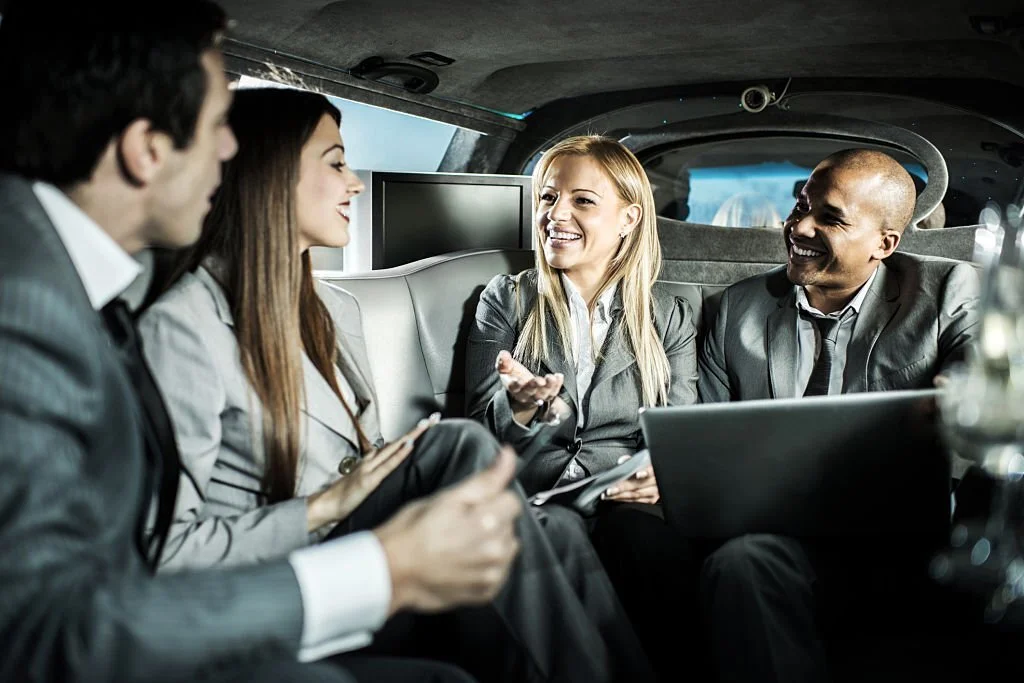In the last decade, ridesharing apps completely revolutionized how we get from A to B. With a few taps, a car appears—a feat of on-demand logistics that has become a daily utility. But for high-stakes travel, whether it’s a crucial business meeting, an airport departure, or a once-in-a-lifetime event, “good enough” convenience often falls short.
The gig-economy model, for all its strengths, is built on variability. The car, the driver’s familiarity with the route, and even the price are all subject to change. When reliability is non-negotiable, a different kind of tech stack is required. This is where Houston’s professional chauffeur industry has quietly innovated, leveraging smart technology to create a service that is less about “on-demand” and more about “on-time, every time.”
Here’s a look at the tech running under the hood of today’s premium car services.
1. The Power of Integrated Logistics Software
While a rideshare app’s algorithm is focused on finding the nearest available driver, an executive service’s platform is built for advanced scheduling. This is a fundamental difference.
Modern limo services use sophisticated dispatch and logistics software that integrates client itineraries, vehicle availability, and chauffeur schedules days or even weeks in advance. This platform isn’t just a “booking engine”; it’s a central nervous system. It ensures that a vehicle is not only reserved but is also properly prepared, staged, and dispatched with ample lead time, eliminating the last-minute panic of a driver cancelling.
2. Real-Time Flight & Data Integration
Here is where the “smart” tech truly shines. Top-tier executive services integrate directly with real-time data feeds, most importantly, FAA flight tracking.
Imagine your flight from Houston (IAH) is delayed by an hour. With a rideshare app, you’d land, cancel your pre-booked ride (if you could), and try to find a new one amidst the surge. A tech-enabled chauffeur service already knows. Their system automatically tracks your flight, adjusts your pickup time, and communicates the change to your driver. The chauffeur is there when you land, not when you were supposed to land.
This same integration applies to traffic data, allowing dispatchers to re-route drivers in real-time to avoid snarls on the 610 Loop or I-45, ensuring punctuality.
3. The “Service Stack”: Beyond the App
The tech isn’t just in the software; it’s in the service protocol. A professional service provides a different, more secure user experience. This “service stack” includes:
- Vetted Professionals: Drivers are employees, not contractors. They are background-checked, professionally trained, and fully insured.
- Digital Chaperoning: Clients receive automated SMS or email updates with the chauffeur’s name, photo, and vehicle details beforehand.
- Managed Experience: The car itself is part of the tech stack—a controlled environment offering amenities like Wi-Fi, chargers, and bottled water, turning travel time into productive work time.
This seamless integration of logistics, data, and service is why this model remains the standard for high-level corporate car services in houston. It’s a system designed to eliminate variables.
The New Standard for High-Stakes Travel
Ridesharing apps are a fantastic tool for casual transport. But when you’re managing a multi-city financial roadshow, securing transport for a CEO, or simply want to ensure your vacation starts stress-free, you need a system built on reliability.
For travelers using IAH, Hobby, or even private FBOs, this level of service transforms the journey. It’s not just a ride; it’s a managed, tech-driven solution. This is the new standard for houston private airport transportation, proving that the real innovation isn’t just the app in your hand, but the robust, reliable technology working behind the scenes.

